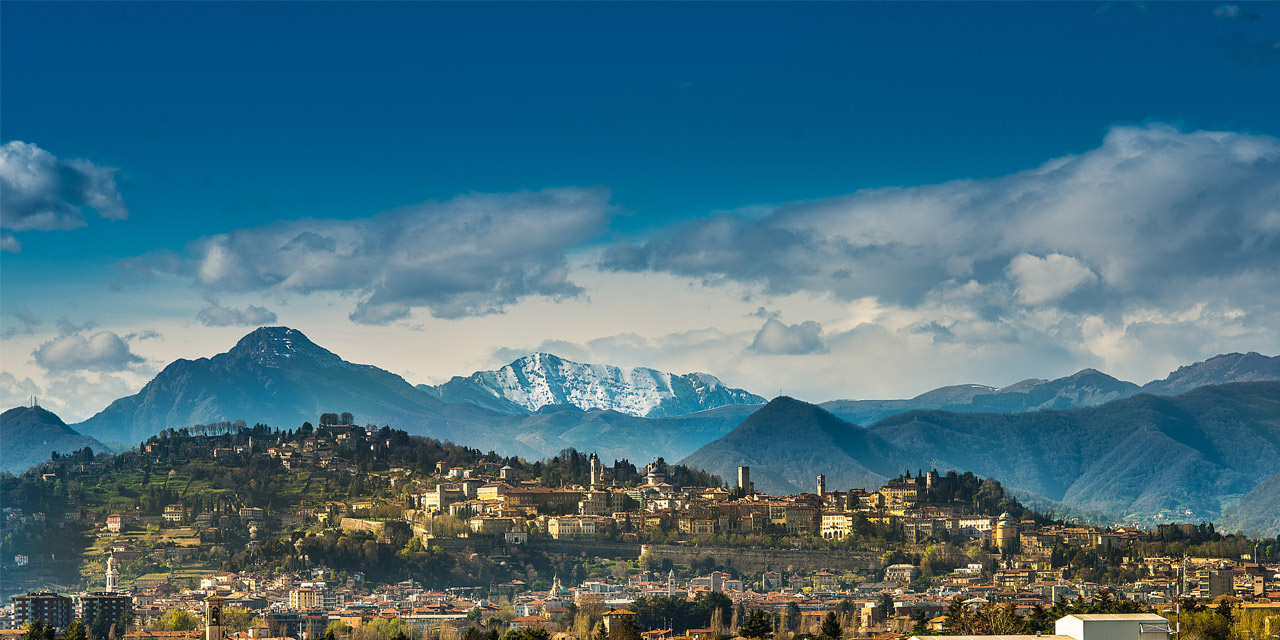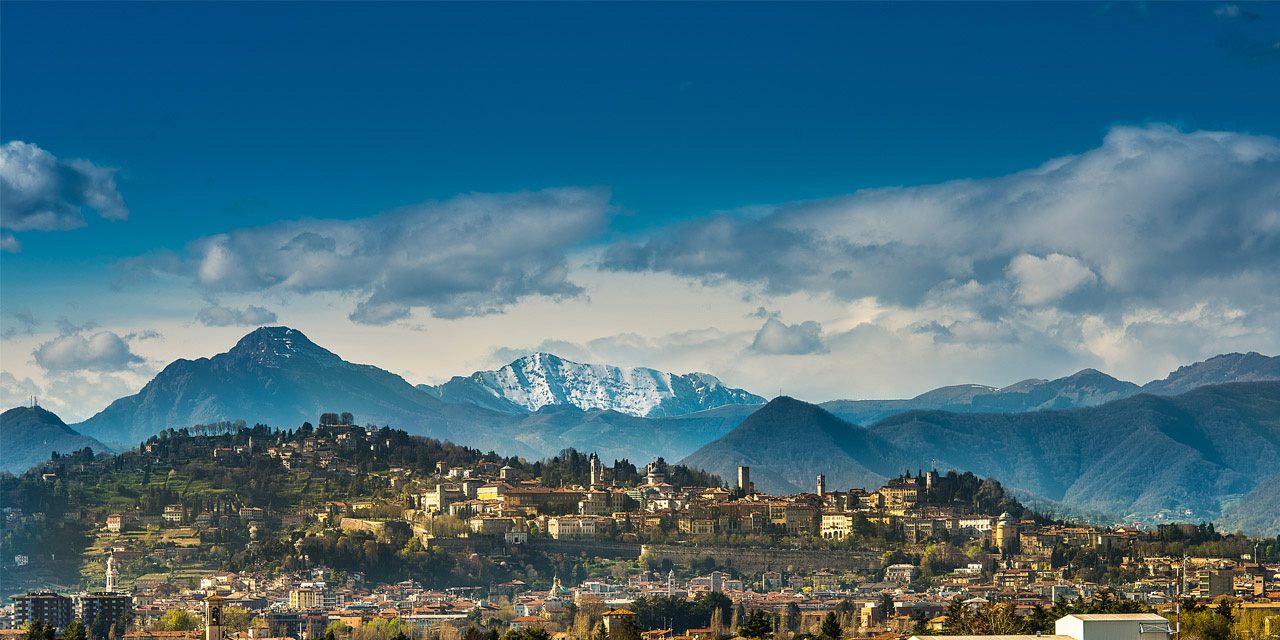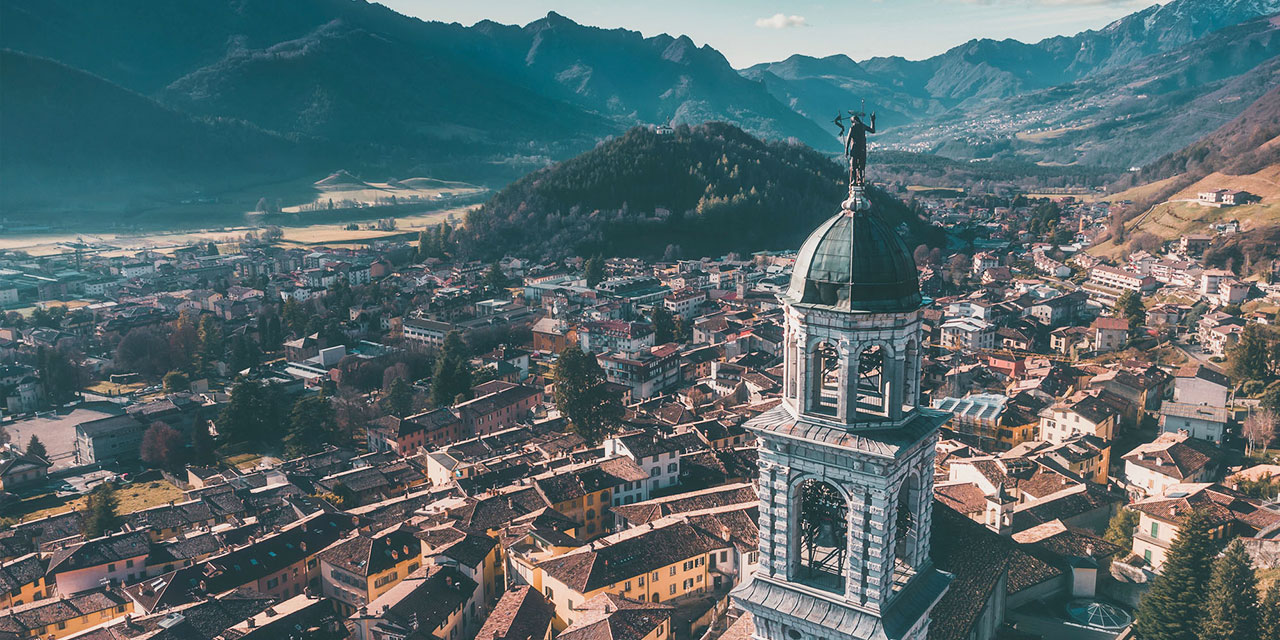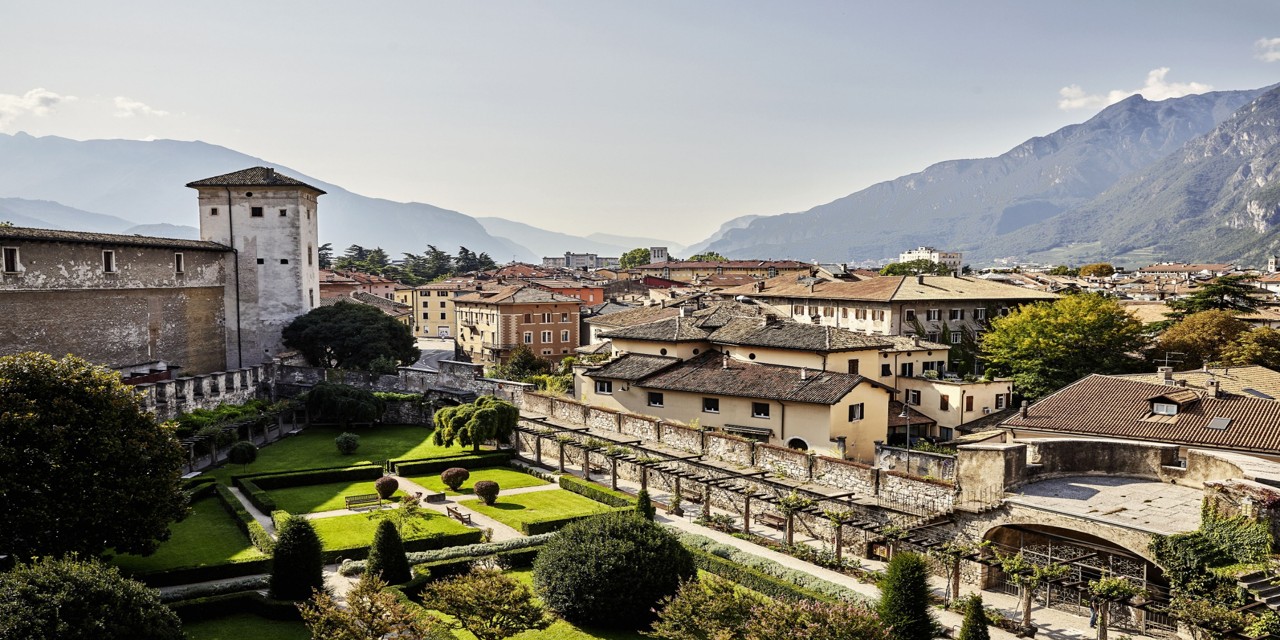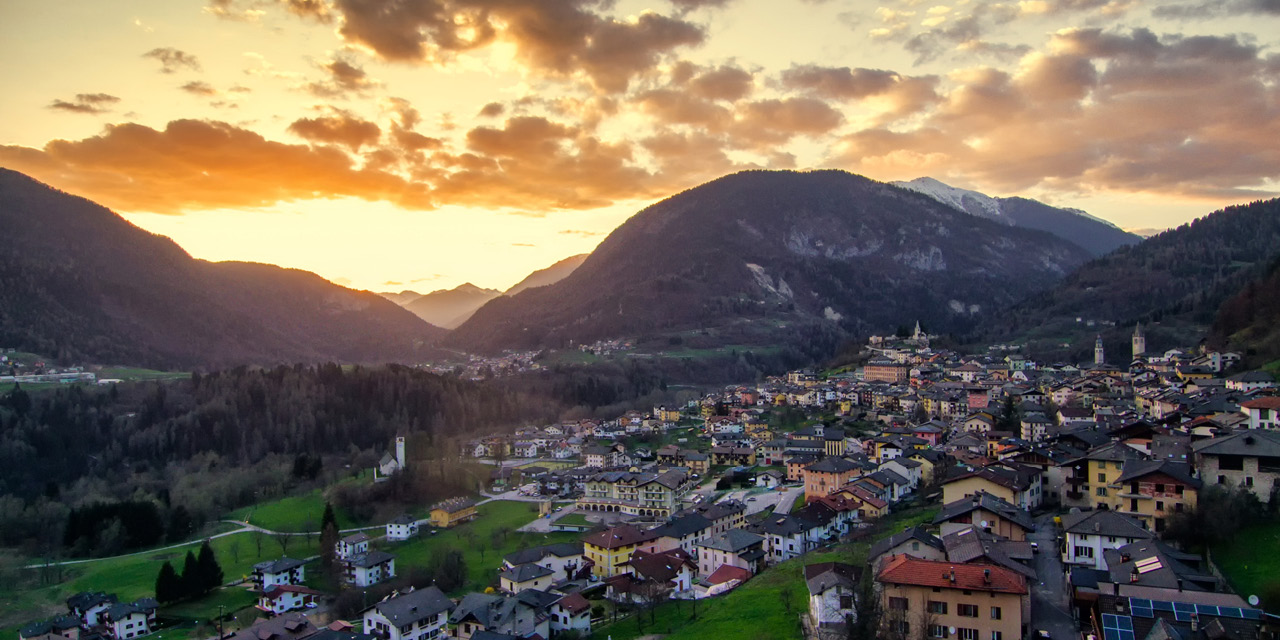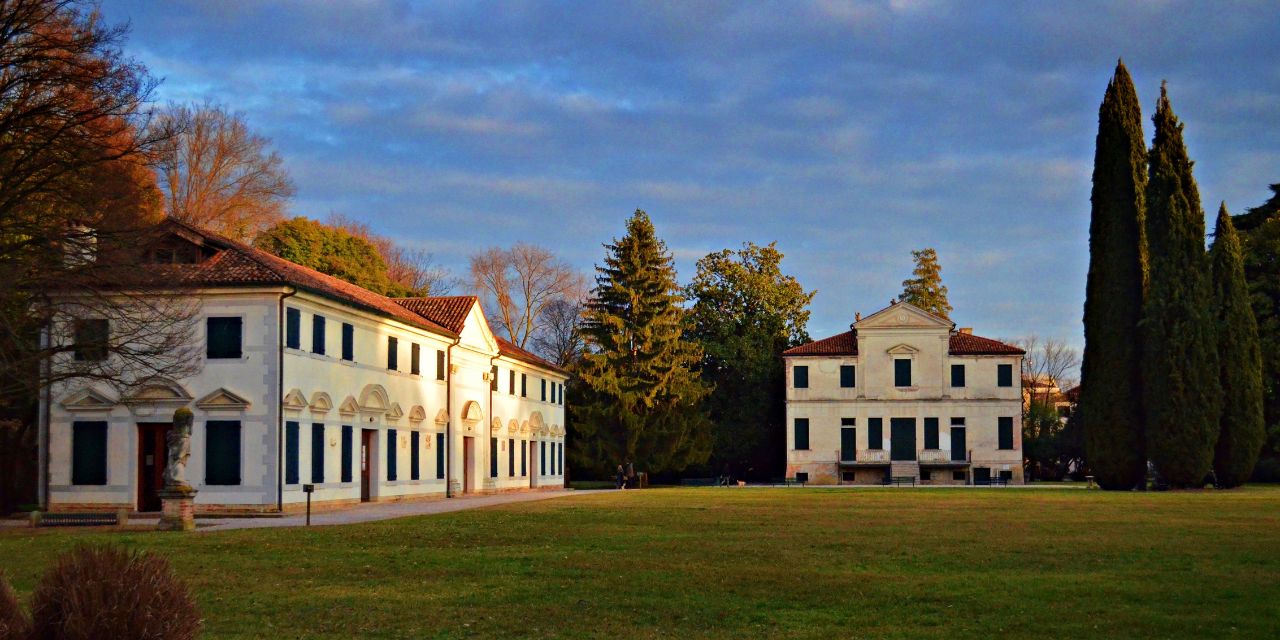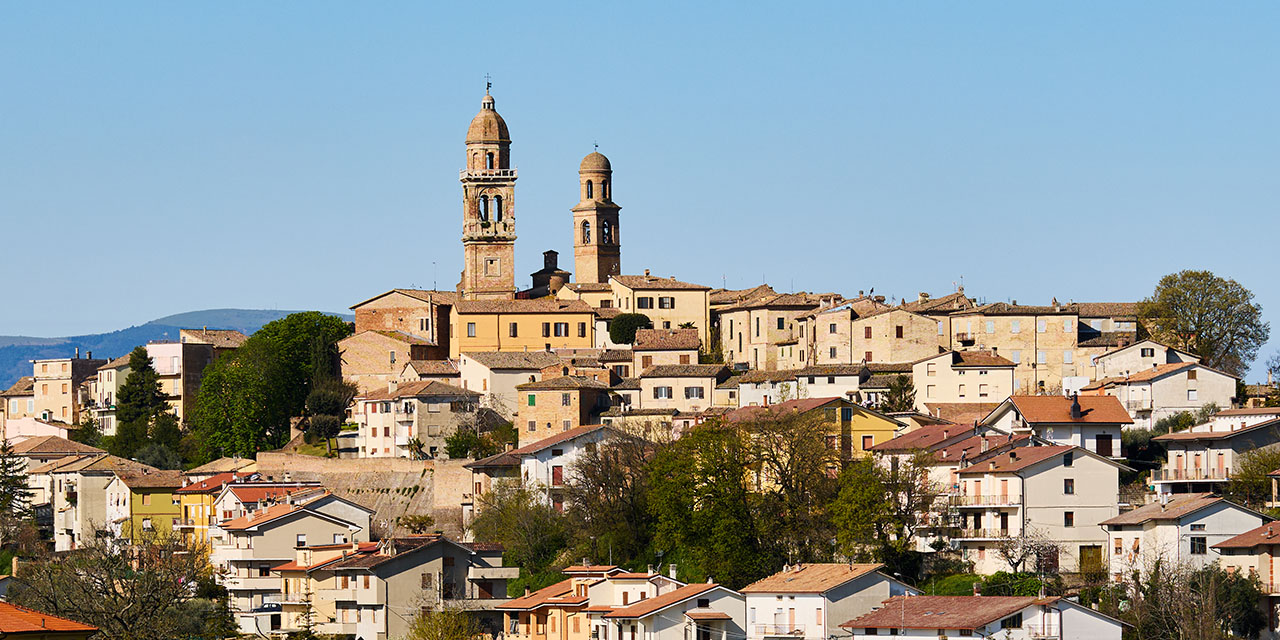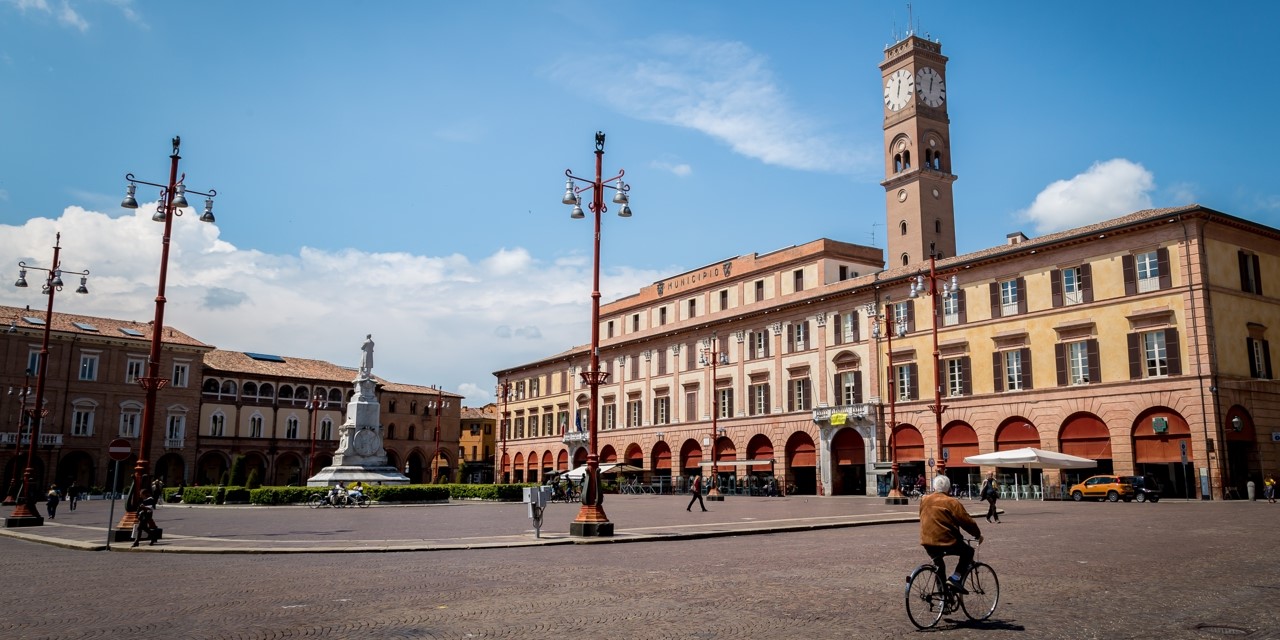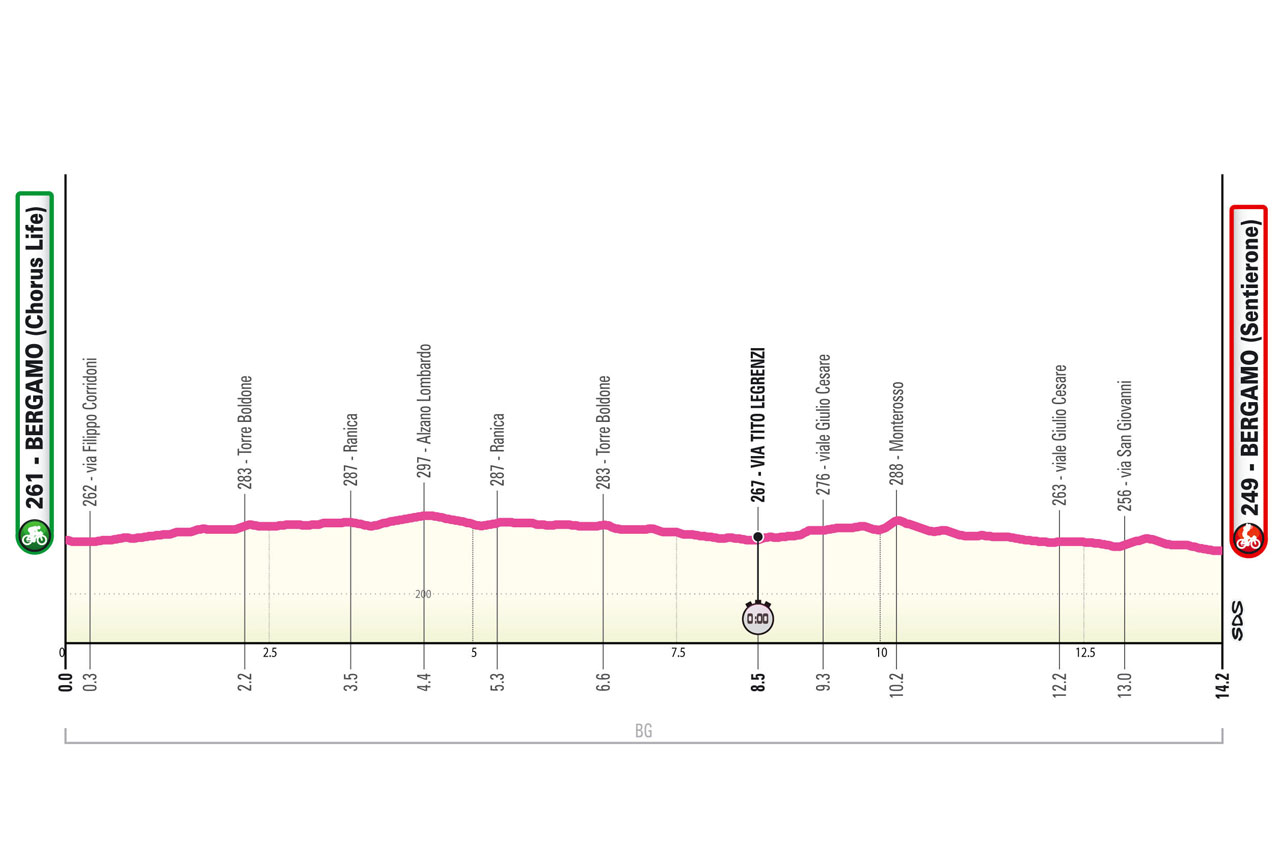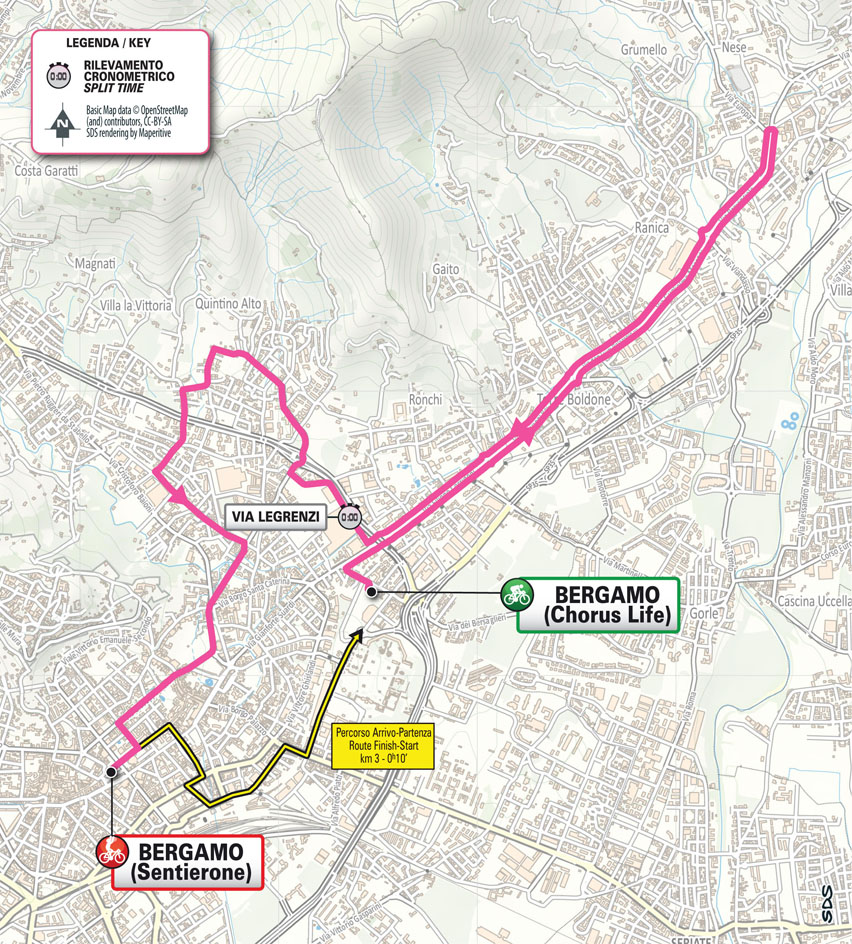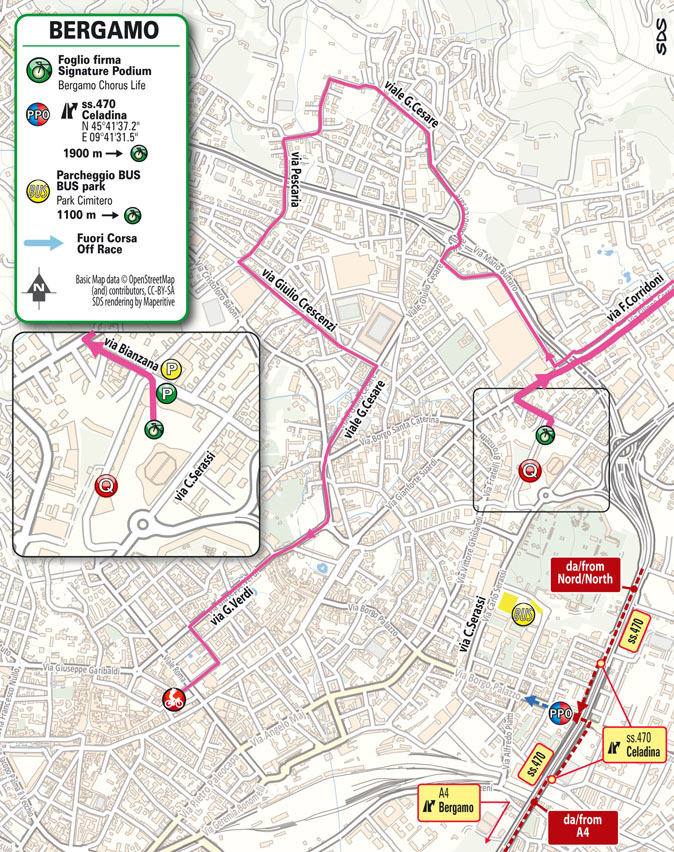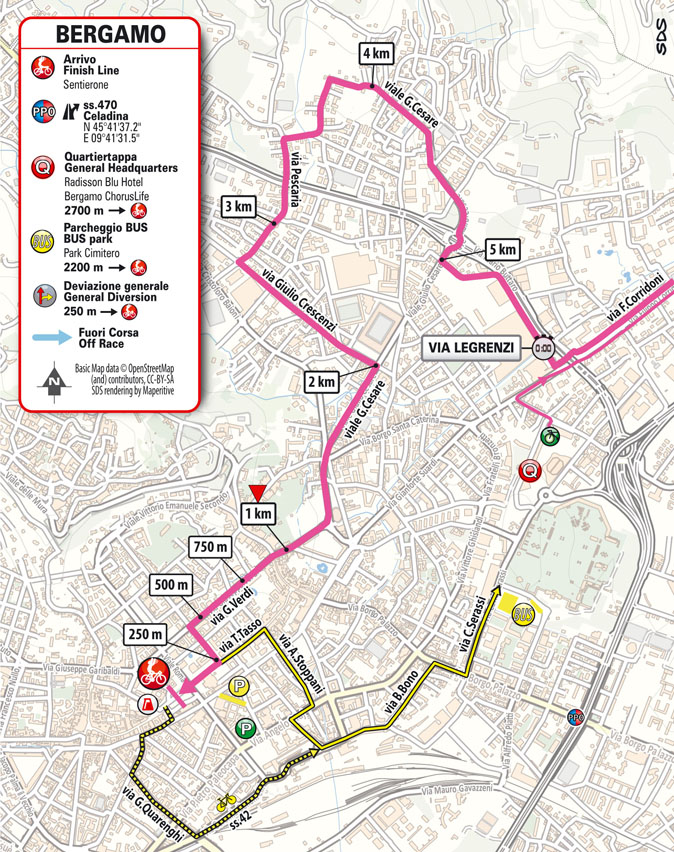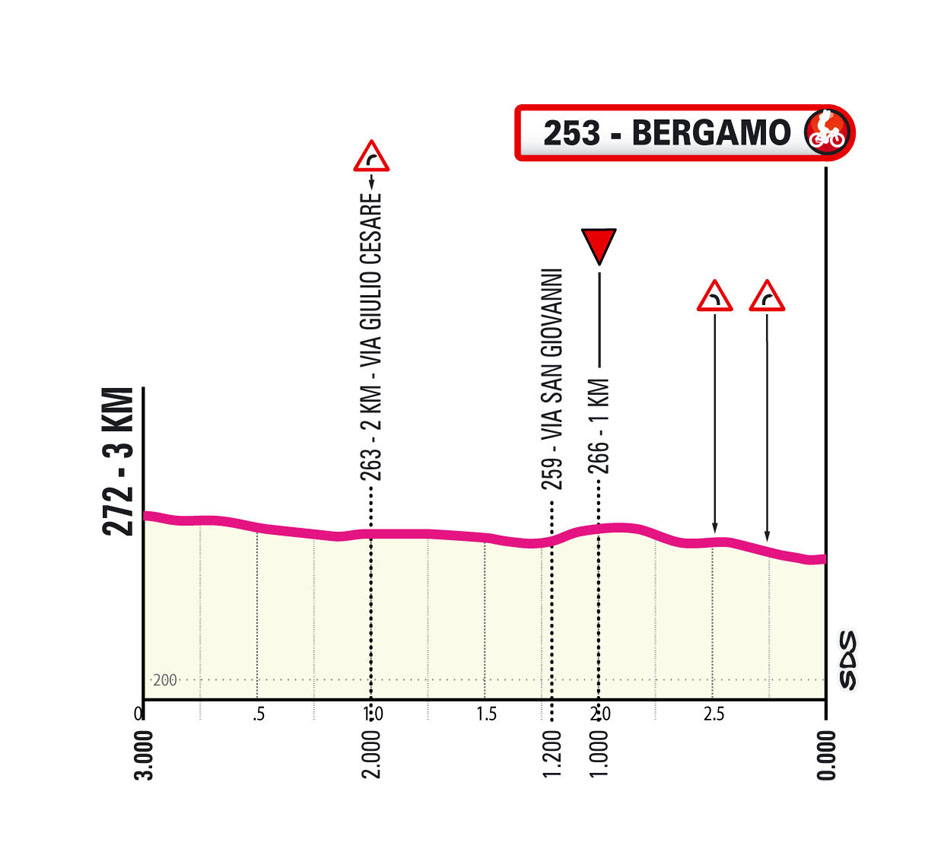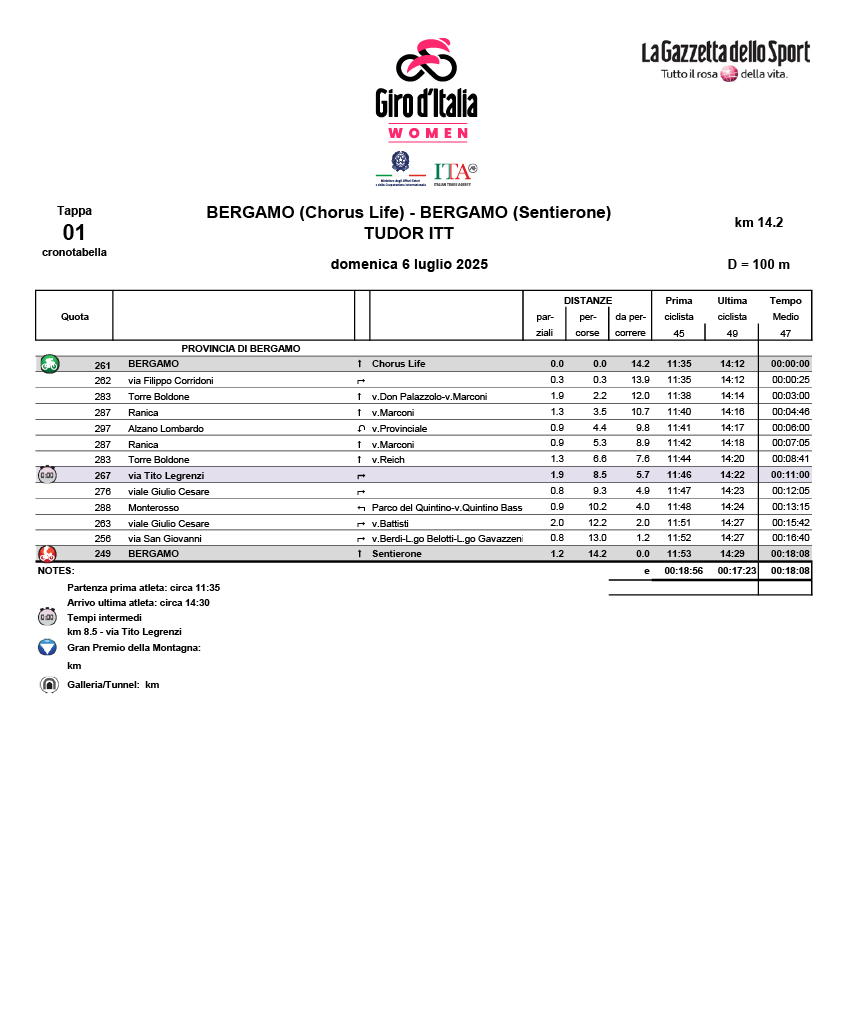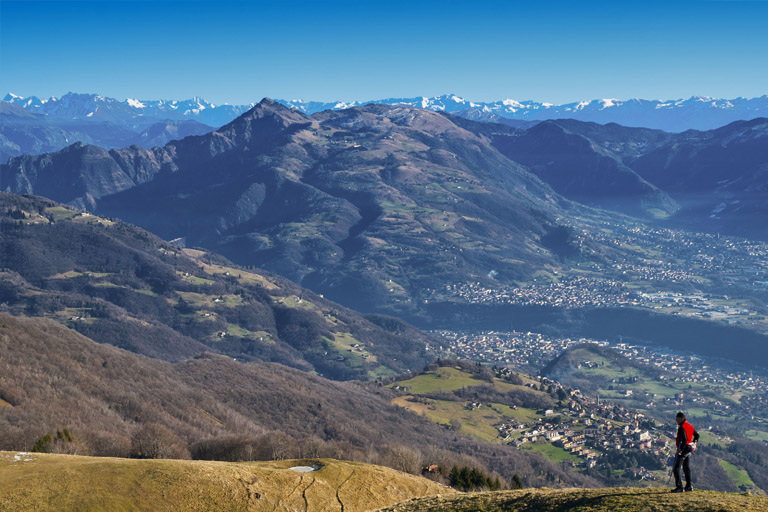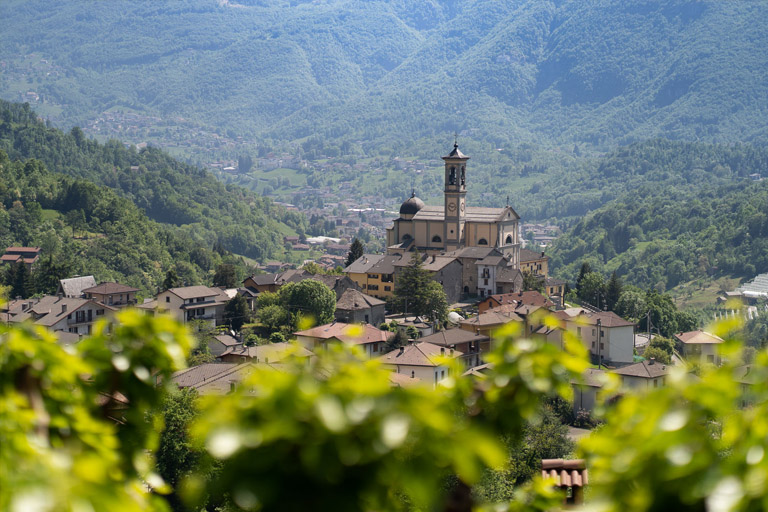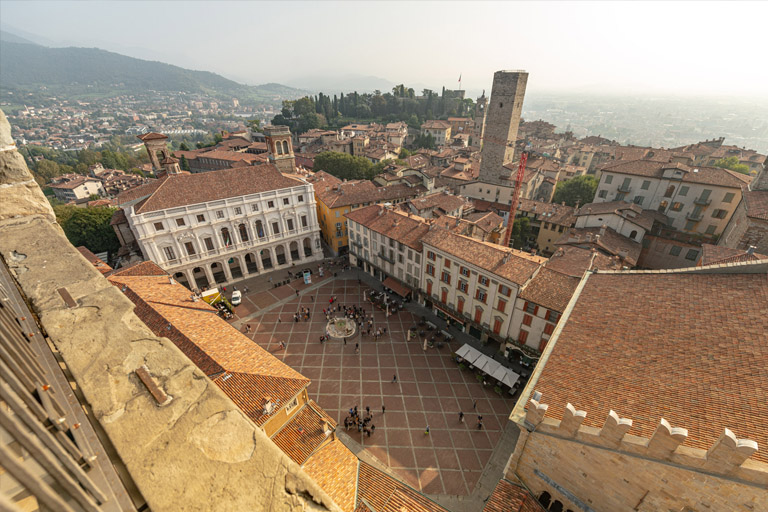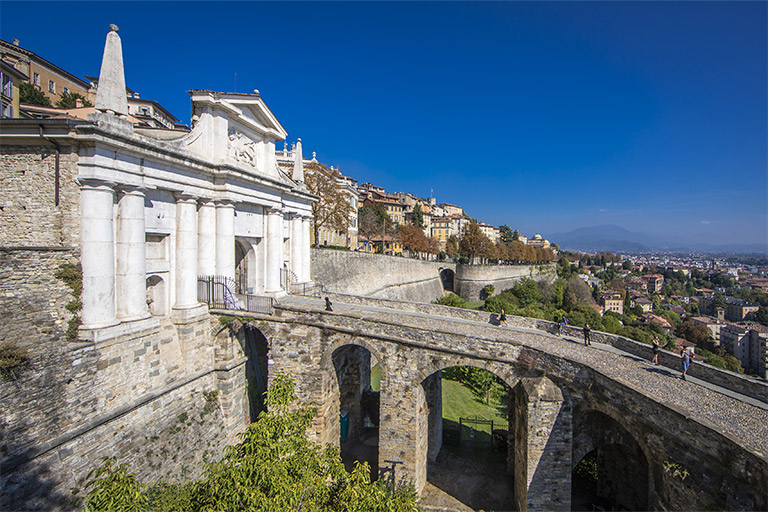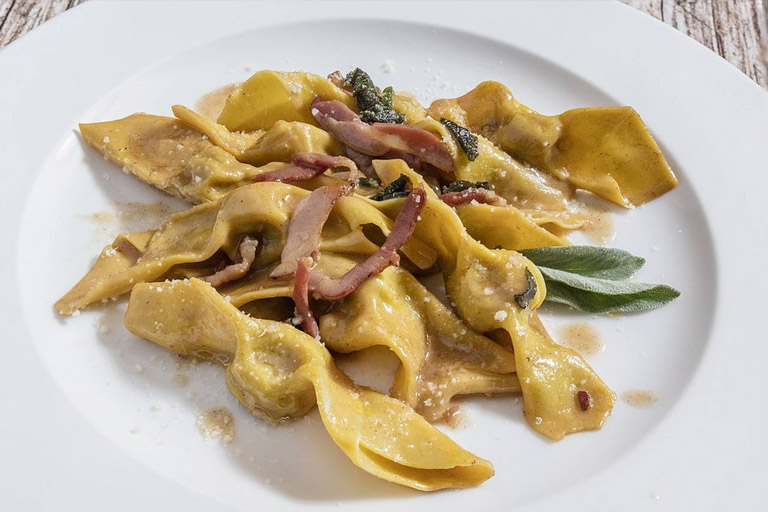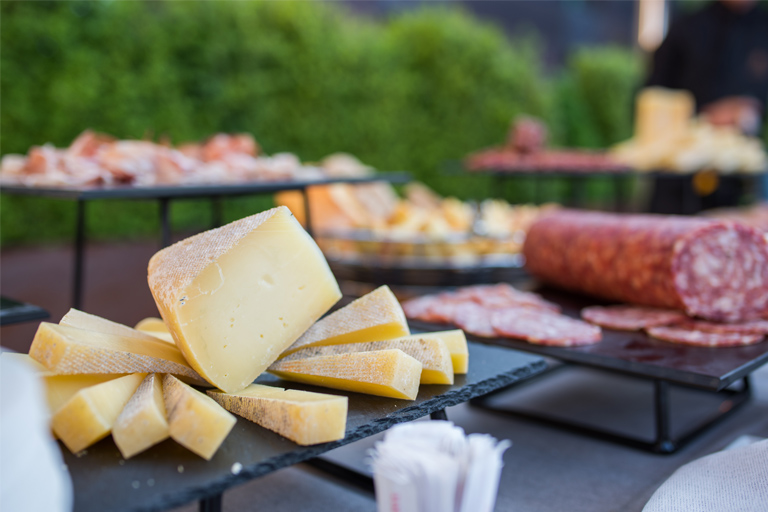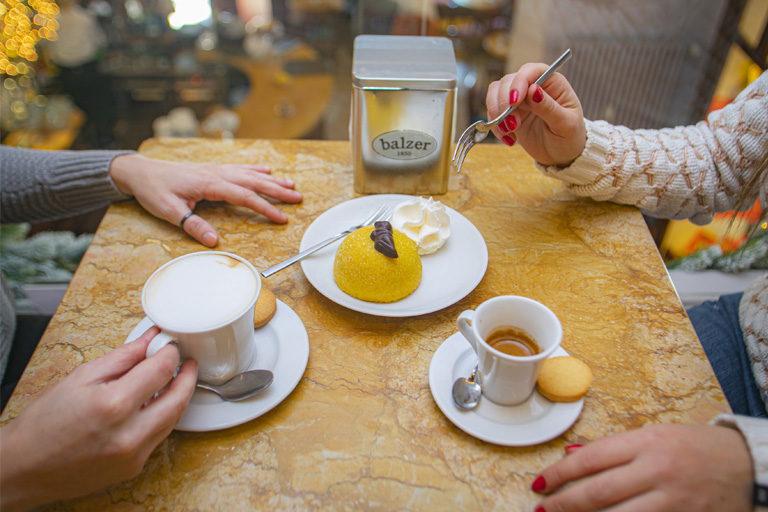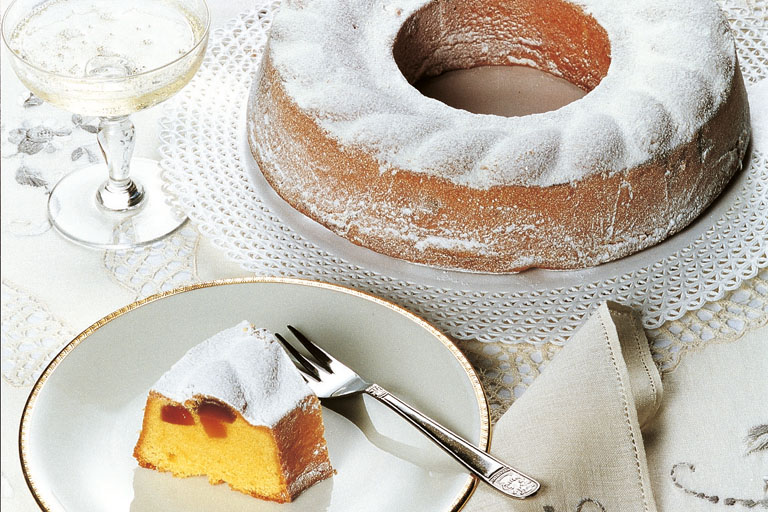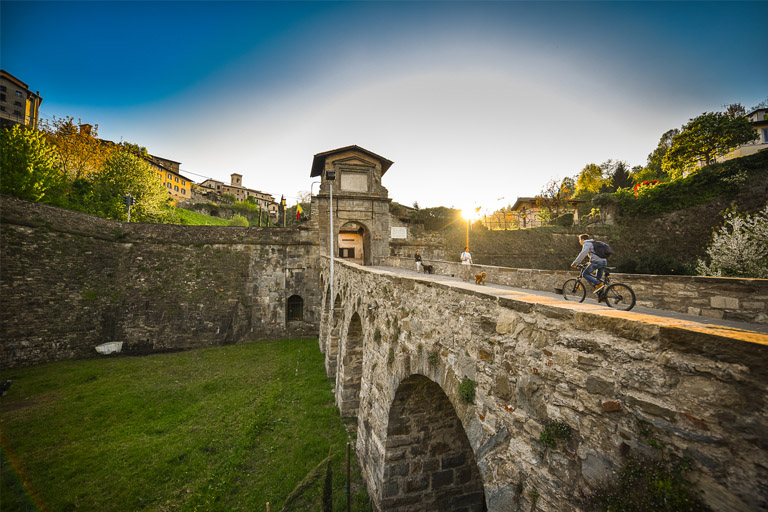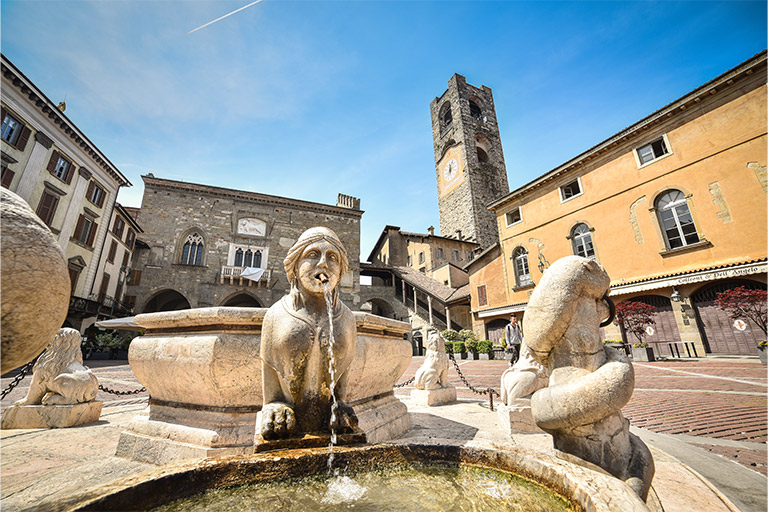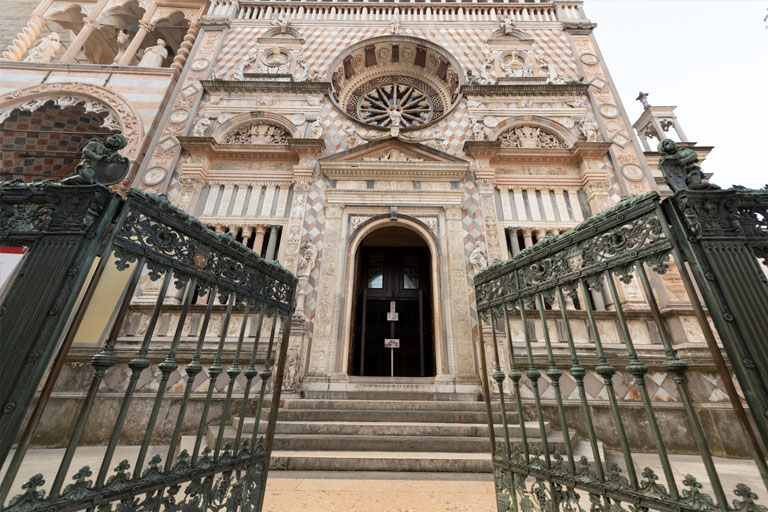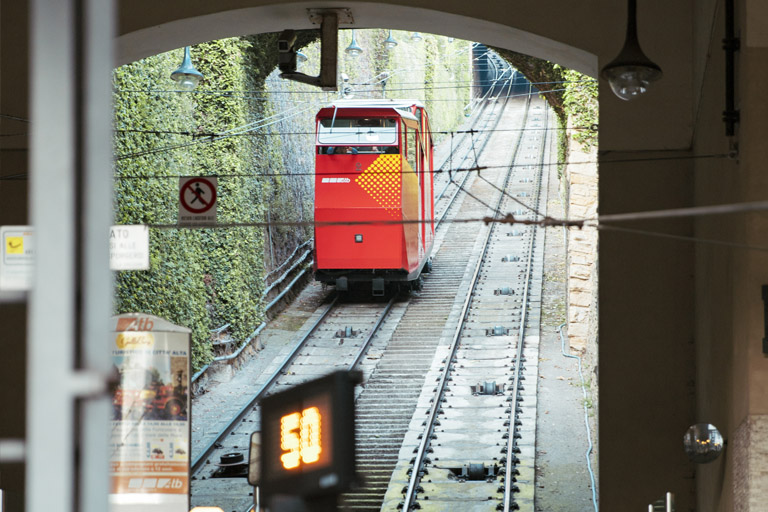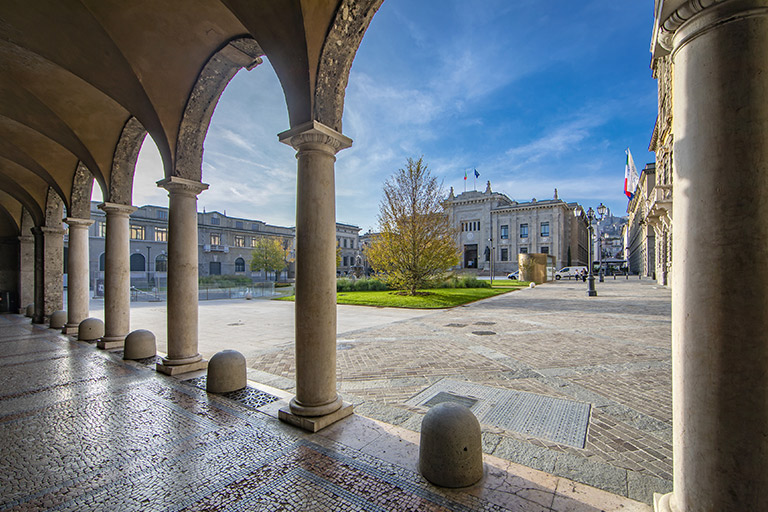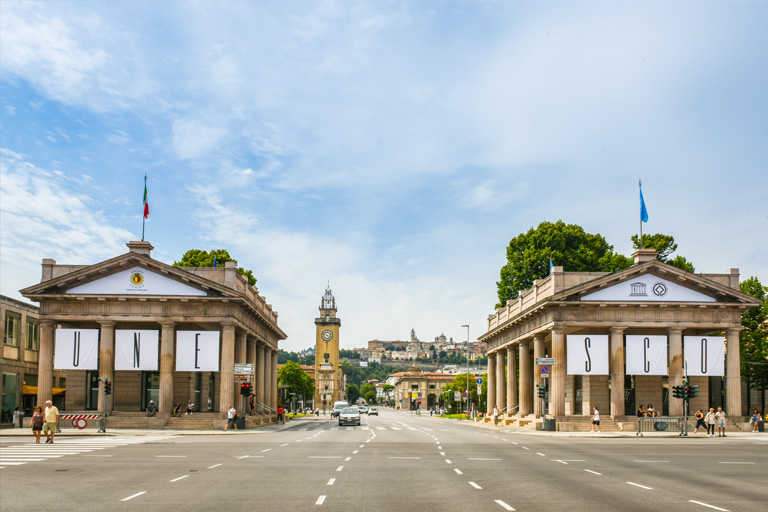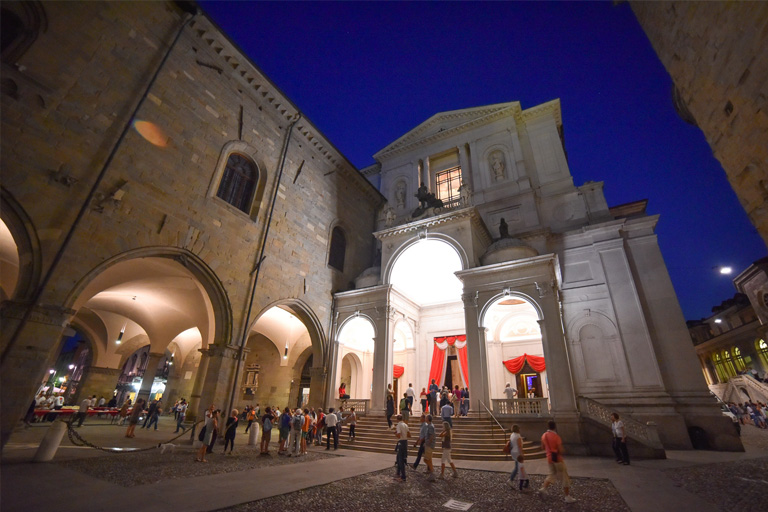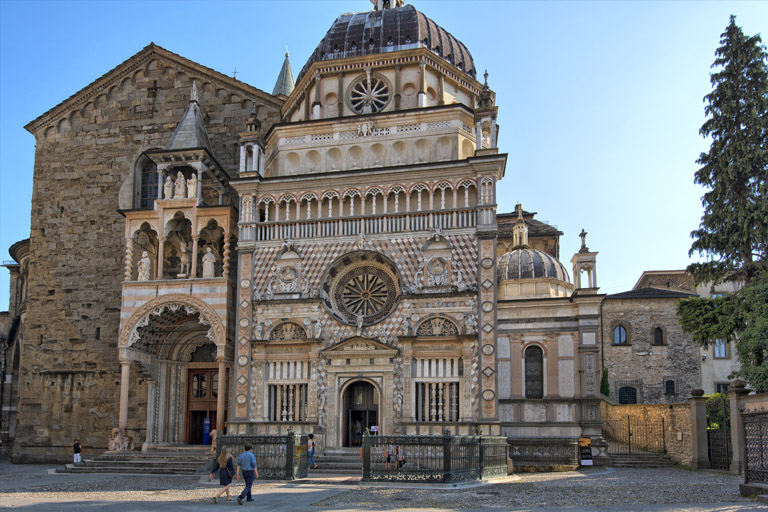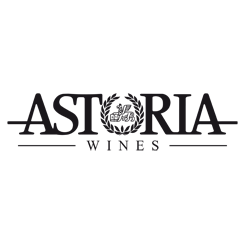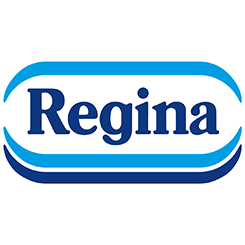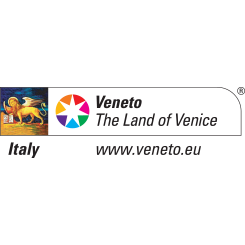scopri di più
info tecniche
altimetria
planimetria
info tecniche
A fully urban ITT. Starting from Chorus Life, the route begins with wide and straight roads interspersed with U-turns and mild bends. Riders will then head toward the historic upper town with a slight uphill drag before descending to the finish at the Sentierone.
Final kilometers
Entirely urban, slightly downhill with a few 90-degree corners. Final straight: 250 m, asphalt.
partenza / arrivo
ultimi km
crono tabella
info turistiche
Città di:
Bergamo
Overview
When thinking of Bergamo, one’s mind immediately goes to the highest, most iconic, and oldest part of the city: the Upper Town (Città Alta). At its feet lies the modern, industrious city that most people know today. Bergamo, often referred to as the “City of the Thousand” due to the significant number of local volunteers who joined Giuseppe Garibaldi’s campaign, is located in the foothill region where the upper plain gives way to the first hills of the Bergamo Prealps. Here lies the town, situated midway between the Brembo and Serio rivers, which flow from the province’s two main valleys: Val Brembana and Val Seriana, respectively.
Food
The city of Bergamo is a small gem, full of exceptional qualities. Beyond its history and art, the city is also a delight for the palate: a long food and wine tradition worth discovering has earned it the title of “creative city for gastronomy”, thanks to the delicacies found throughout the area.
In any traditional restaurant in Bergamo, you’ll find casoncelli, a classic local stuffed pasta shaped like a long ravioli, filled with meat and usually served with butter and sage. And of course, there is polenta made from cornmeal and buckwheat flour, known as polenta taragna when enriched with Branzi cheese, a specialty of the Val Brembana. Without overlooking the cured meats, especially the salami of Bergamo, the province is rich in pastures and herds. Over centuries, dairy production techniques have been refined, resulting in nine Bergamasque cheeses that have earned the Protected Designation of Origin (PDO) status. With 150 active alpine pastures, Bergamo leads all Italian provinces. Among the notable cheeses are Branzi, Bitto, Stracchino, Agrì di Valtorta, and more recently, the ancient “Strachitunt”. This cheese dates back to 1380 and has reached international fame thanks to the persistence of a few farmers and producers from Val Taleggio. Bergamo is also the birthplace of the famous stracciatella ice cream, created in 1961 at the historic La Marianna pastry shop in the Upper Town.
Wine and other drinks
A gem of Bergamasque wine production, Moscato di Scanzo is the only wine in the region to hold the prestigious DOCG (Controlled and Guaranteed Designation of Origin) status, and it is the smallest such designation in Italy. Its production is rooted in an ancient vineyard cultivated almost exclusively on the hills of Scanzorosciate. The bond with the territory is so strong that even the grape variety is named after the location. This wine has ancient origins, dating back to the Romans and Celtic populations.
Just half an hour from Bergamo lies Franciacorta, located beneath Lake Iseo. This area is Lombardy’s most renowned for its winemaking history and tradition. Vine cultivation has existed in Franciacorta since Roman times, thanks to its favorable climate and soil. The name “Franciacorta” has uncertain etymology, with various stories about its origin, but today, “Cantine Franciacorta” is synonymous worldwide with the sparkling DOCG wine produced in the area’s many vineyards.
Last but not least is the Valcalepio DOC area, which covers hilly terrain northwest of Bergamo and east of Lake Iseo. Valcalepio wines are now rising stars in top international wine shops, though their quality was already known to Pliny the Elder, who described the region’s viticulture as highly developed and excellent.
Points of Interest
The Upper Town is protected by the Venetian Walls, fortifications built by the Republic of Venice in 1588, which have safeguarded the homes and monuments of upper Bergamo for over five kilometers. This monument became a UNESCO World Heritage Site in July 2017. Leaving your car in lower Bergamo, known for its shops and offices, a visit to the Accademia Carrara is a must. This is one of Italy’s foremost art galleries, collecting magnificent works for over 200 years and now housing more than 1,800 paintings. Directly across from it, in the square of the same name, is the GAMeC – the Gallery of Modern and Contemporary Art, which hosts much more current exhibitions.
A stroll along the so-called Sentierone is not to be missed: a paved boulevard that once served as a station for horse-drawn carriages, it is now considered the city’s elegant promenade, a place of relaxing social life. Finally, to complete your visit to the lower city, a walk through the brand-new and modern smart district of Bergamo, ChorusLife, is a must. Opened at the end of 2024, this new city space is the result of an urban regeneration project that transformed a former industrial area into a cutting-edge neighborhood with various services and several plazas to relax and socialize.
From the modern lower city, you can reach the Upper Town on foot via the many streets and “scorlazzini” (typical staircases connecting various parts of the city), or take the 1887 funicular, a cable railway that travels through the city walls and arrives directly at Piazza del Mercato del Fieno. From there, you can stroll along the main street, Via Colleoni, also known as Corsaröla, from which numerous small alleys branch off, allowing you to get lost and discover all the hidden beauties of Upper Bergamo.
The Upper Town boasts many monuments, starting with the iconic Piazza Vecchia, home to the recently restored Contarini Fountain, the Angelo Maj Library, the Palazzo della Ragione, and the Civic Tower, known locally as the Campanone. Every evening at 10:00 p.m. sharp, the tower rings 100 times, keeping alive the medieval tradition of signaling the closing of the city’s four gates.
Bergamo
Overview
When thinking of Bergamo, one’s mind immediately goes to the highest, most iconic, and oldest part of the city: the Upper Town (Città Alta). At its feet lies the modern, industrious city that most people know today. Bergamo, often referred to as the “City of the Thousand” due to the significant number of local volunteers who joined Giuseppe Garibaldi’s campaign, is located in the foothill region where the upper plain gives way to the first hills of the Bergamo Prealps. Here lies the town, situated midway between the Brembo and Serio rivers, which flow from the province’s two main valleys: Val Brembana and Val Seriana, respectively.
Food
The city of Bergamo is a small gem, full of exceptional qualities. Beyond its history and art, the city is also a delight for the palate: a long food and wine tradition worth discovering has earned it the title of “creative city for gastronomy”, thanks to the delicacies found throughout the area.
In any traditional restaurant in Bergamo, you’ll find casoncelli, a classic local stuffed pasta shaped like a long ravioli, filled with meat and usually served with butter and sage. And of course, there is polenta made from cornmeal and buckwheat flour, known as polenta taragna when enriched with Branzi cheese, a specialty of the Val Brembana. Without overlooking the cured meats, especially the salami of Bergamo, the province is rich in pastures and herds. Over centuries, dairy production techniques have been refined, resulting in nine Bergamasque cheeses that have earned the Protected Designation of Origin (PDO) status. With 150 active alpine pastures, Bergamo leads all Italian provinces. Among the notable cheeses are Branzi, Bitto, Stracchino, Agrì di Valtorta, and more recently, the ancient “Strachitunt”. This cheese dates back to 1380 and has reached international fame thanks to the persistence of a few farmers and producers from Val Taleggio. Bergamo is also the birthplace of the famous stracciatella ice cream, created in 1961 at the historic La Marianna pastry shop in the Upper Town.
Wine and other drinks
A gem of Bergamasque wine production, Moscato di Scanzo is the only wine in the region to hold the prestigious DOCG (Controlled and Guaranteed Designation of Origin) status, and it is the smallest such designation in Italy. Its production is rooted in an ancient vineyard cultivated almost exclusively on the hills of Scanzorosciate. The bond with the territory is so strong that even the grape variety is named after the location. This wine has ancient origins, dating back to the Romans and Celtic populations.
Just half an hour from Bergamo lies Franciacorta, located beneath Lake Iseo. This area is Lombardy’s most renowned for its winemaking history and tradition. Vine cultivation has existed in Franciacorta since Roman times, thanks to its favorable climate and soil. The name “Franciacorta” has uncertain etymology, with various stories about its origin, but today, “Cantine Franciacorta” is synonymous worldwide with the sparkling DOCG wine produced in the area’s many vineyards.
Last but not least is the Valcalepio DOC area, which covers hilly terrain northwest of Bergamo and east of Lake Iseo. Valcalepio wines are now rising stars in top international wine shops, though their quality was already known to Pliny the Elder, who described the region’s viticulture as highly developed and excellent.
Points of Interest
The Upper Town is protected by the Venetian Walls, fortifications built by the Republic of Venice in 1588, which have safeguarded the homes and monuments of upper Bergamo for over five kilometers. This monument became a UNESCO World Heritage Site in July 2017. Leaving your car in lower Bergamo, known for its shops and offices, a visit to the Accademia Carrara is a must. This is one of Italy’s foremost art galleries, collecting magnificent works for over 200 years and now housing more than 1,800 paintings. Directly across from it, in the square of the same name, is the GAMeC – the Gallery of Modern and Contemporary Art, which hosts much more current exhibitions.
A stroll along the so-called Sentierone is not to be missed: a paved boulevard that once served as a station for horse-drawn carriages, it is now considered the city’s elegant promenade, a place of relaxing social life. Finally, to complete your visit to the lower city, a walk through the brand-new and modern smart district of Bergamo, ChorusLife, is a must. Opened at the end of 2024, this new city space is the result of an urban regeneration project that transformed a former industrial area into a cutting-edge neighborhood with various services and several plazas to relax and socialize.
From the modern lower city, you can reach the Upper Town on foot via the many streets and “scorlazzini” (typical staircases connecting various parts of the city), or take the 1887 funicular, a cable railway that travels through the city walls and arrives directly at Piazza del Mercato del Fieno. From there, you can stroll along the main street, Via Colleoni, also known as Corsaröla, from which numerous small alleys branch off, allowing you to get lost and discover all the hidden beauties of Upper Bergamo.
The Upper Town boasts many monuments, starting with the iconic Piazza Vecchia, home to the recently restored Contarini Fountain, the Angelo Maj Library, the Palazzo della Ragione, and the Civic Tower, known locally as the Campanone. Every evening at 10:00 p.m. sharp, the tower rings 100 times, keeping alive the medieval tradition of signaling the closing of the city’s four gates.
Video Tappa 01

Giro d'Italia Women 2025 | Tappa 1 | Giro Express
6 Jul 2025Foto Tappa 01
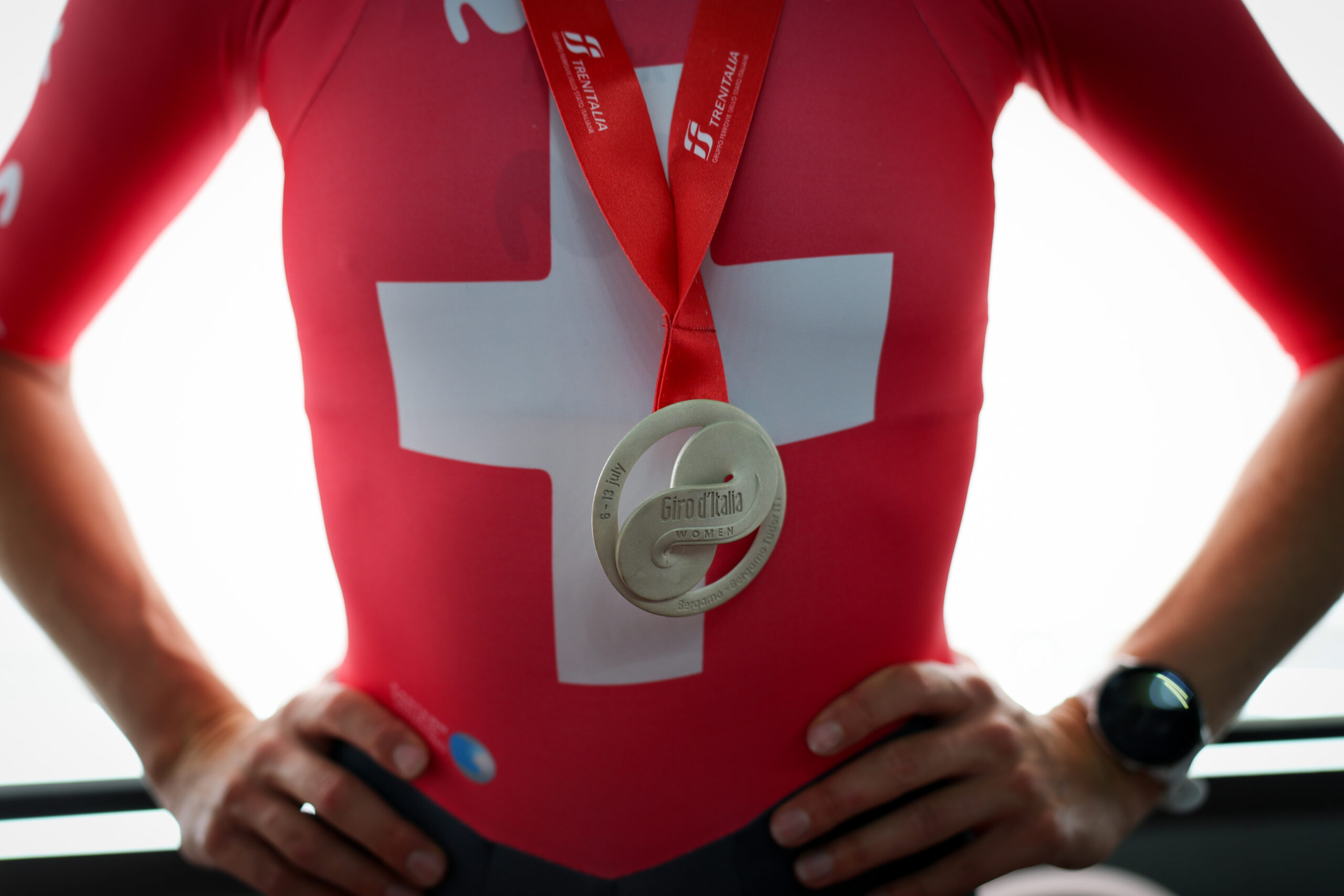
Giro d’Italia Women 2025 | Tappa 1 | Best of
06/07/2025

